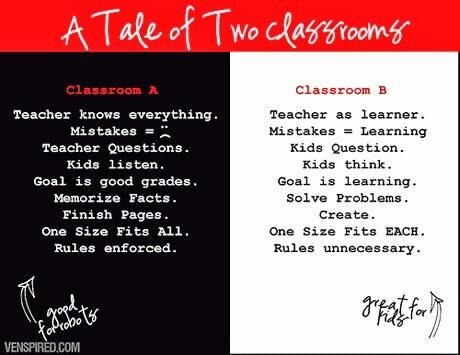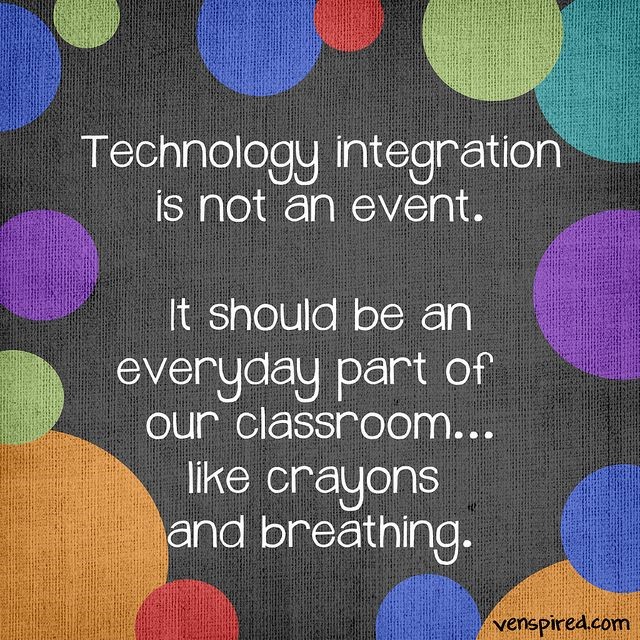Today, social media offers us endless opportunities to expand our Personal Learning Networks and you don’t have to be at home or in the office to be able to do this. You can find about the newest and best developments in education and stay in tune with the latest trends by using your smartphone when you are at the beach, by the pool or even at the airport while you are waiting for your plane. There are many handy web tools and social media platforms that will help you grow your PLN:
- TWITTER: I personally think it is the best resource for your PLN. I can say that I have learned more from Twitter than all the conferences I have attended. Joining Twitter enables you to connect with educators all around the world 24/7. It is a great way to connect, share, discover, discuss, and learn about the latest trends in education. This animation by explania is for complete beginners:
Twitter allows you to make your point only in 140 characters but many people include links to blog posts, articles or resources in their tweets. By following hashtags, you can join live Twitter chats on a variety of education topics. Hashtags are a way to sort tweets by topic. As a beginner, you can start by using the hashtag, #nt2t. Then, you can try other popular hashtags like #edchat.

Some people find Twitter confusing. However, once you start using it, you will see that it isn’t confusing at all. You will soon realize its amazing power in contributing to your PD. The video below explains why all teachers should use Twitter:
You can find almost everything you want to learn about Twitter on Cybrary Man’s Twitter page and The Twitteraholic’s Ultimate Guide to tweets, hashtags, and all things Twitter by Sue Waters. Both of them are great resources for beginners. Teachers and administrators who are already using Twitter can check Twitter as a Professional Development Tool by Teacher’s Tech Lounge.
- FACEBOOK: Facebook is the social network with the largest number of users, but like many people, I don’t use it for my PLN very often. I mostly use it to connect with my friends. The reason why I post educational articles on Facebook is because I want to share them with my colleagues who are not using Twitter at all or who are not using it actively for PD. In the video below, Julie Smith explains the different uses of Facebook and Twitter:
If you want to use Facebook for your PLN, you can check out the Facebook in Education page.
- PINTEREST: There are other popular bookmarking tools like Diigo, but as a “visual” social bookmarking tool, Pinterest is my favorite one. You can group your pins under different virtual boards that you share publicly or keep private for yourself. You can create pinboards to share only with your colleagues, students or parents on Pinterest. You can also browse pinboards created by other people. It is a great way to curate information for people with different learning needs.
- GOOGLE PLUS / HANGOUTS: Google+ is the fastest growing new social network which offers some great ways to connect and learn with other educators. Besides following friends and colleagues, you can also follow the educational communities. After creating your profile page, you can group the people you are following in different circles. What I like best about Google+ is the feature that allows you to set up hangouts (free group video chats). Check out The Guide to Keeping up with Google and this cheat sheet to get started.
- BLOGS: Blogging is another social medium that helped me build up my PLN. I have learned many things by reading the posts on Edutopia, Teachthought, Mindshift, Edudemic, Educational Technology and Mobile Learning and many other blogs. Blogging also enables you to exchange ideas and share opinions with other teachers all around the world and find out about current practices happening in their classrooms, some of which you can adapt and use in your classroom. It is also a good way to reflect on what is happening in your classroom or at your school.
- WIKIS: A wiki is a space on the Web where you can share work and ideas, pictures and links, videos and media — and anything else you can think of. Wikis are collaborative websites enabling all registered users to contribute to the content. You can view and even join some exemplary wikis: Virtual Cafe, Minecraft Wiki, Genius Hour, UDL Tech Toolkit, Digital ID, ICT Magic.
- PROFESSIONAL NETWORKING COMMUNITIES FOR EDUCATORS: You can join professional networking communities such as The Educator’s PLN, Classroom 2.0, English Companion Ning, and Edweb to connect with educators all around the world, to join groups and discussions about best practices and problems in education, to share blogs, videos, and documents. You can also join the webinars these communities offer.
Teachers who want to engage more in personal learning networks to perform and achieve better can check the Teacher Guides by Med Kharbach from Educational Technology and Mobile Learning and The Teacher’s Guides to Technology and Learning by Edudemic. But before reading any of the resources in this post, I recommend you read the blog post on Edutopia Why I am Still Banging My Head Against the Whiteboard by Julie Warren. We are doing the most important job in the world by preparing young minds and hearts for the future. Instead of relying on PD sessions predetermined by others, through the use of social media we can self-direct our PD according to our own unique needs to establish and foster learning environments that will empower all learners. Social media is a great opportunity for us to connect with other educators and experts all around the world to collaborate and learn anywhere, anytime. Please use it!

IMAGE CREDIT: Krissy Venosdale Venspired.com










